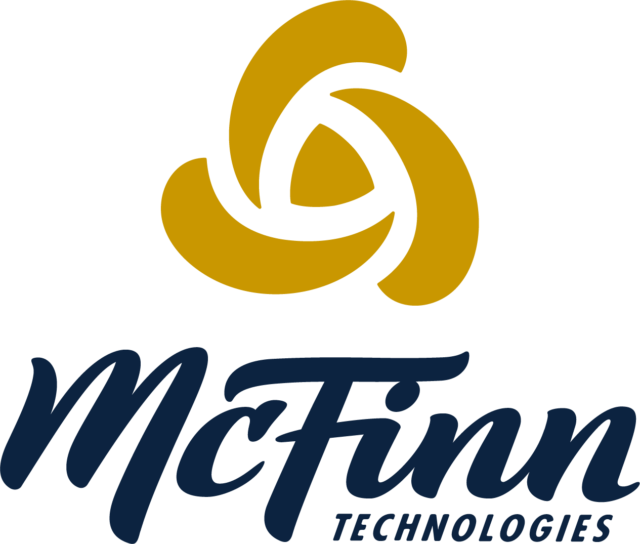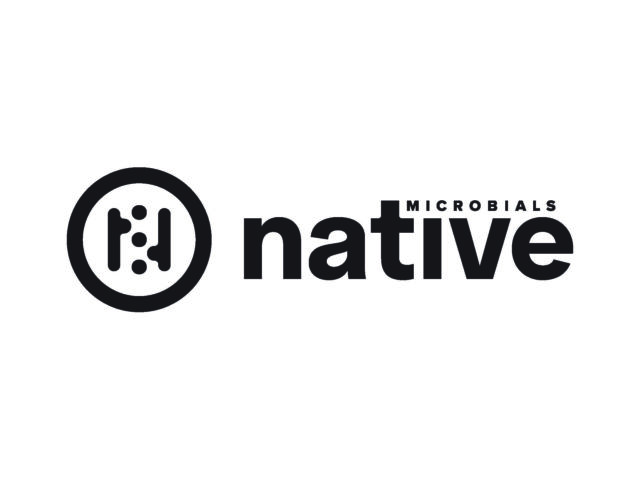With the national energy inflation rate at 10 percent and business costs continuing to climb, the New Year is a good time to maximize farm energy efficiency and minimize monthly utility bills. The Innovation Center for U.S. Dairy – established by dairy producers in 2008 to foster industrywide innovation and efficiencies – urges dairy producers interested in cutting on-farm energy costs to contact their local Natural Resources Conservation Service (NRCS) office. Funding is available right now to help producers address on-farm energy use and increase efficiency. The Innovation Center and U.S. Department of Agriculture NRCS are focused on helping dairy producers learn about those opportunities.
“One of the goals of the Innovation Center Sustainability team is to work with state and local organizations to connect dairy producers with the energy and cost-saving opportunities that are immediately available,” said Barbara O’Brien, president of the Innovation Center for U.S. Dairy and senior executive vice president of Dairy Management Inc., which manages the dairy checkoff on behalf of the nation’s farmers. “While initiatives vary across the country, all regions offer assistance to offset the cost of farm energy audits as well as incentive and rebate programs to make equipment upgrades and retrofits more affordable.
January 2012 is the right time to take action.
Environmental Quality Incentives Program (EQIP) funding is available through NRCS for farm energy audits and equipment upgrades (available to those with qualifying audits). Producers should act now.
The first national application cutoff is Feb. 3. More details can be found through local NRCS field offices. An on-farm energy audit, also known as an Agricultural Energy Management Plan (AgEMP), is a vital decision-making tool. An energy audit can identify improvements that could reduce energy use by 10 to 35 percent – most often in areas such as lighting, milk cooling, ventilation, vacuum pumps and electric water heating.
“I think an energy audit is an excellent tool and another step in the farm plan,” said Ryan Anglin, a dairy producer from Bentonville, Arkansas, and chairman of the National Dairy Promotion and Research Board. Anglin recently completed an AgEMP. “It helps to have the results of the farm energy assessment in black and white. As a business man, seeing the potential for energy savings and payback period is important in making good investment decisions.”
Saving energy directly translates to cost savings and improved profitability for dairy operations. On average dairy producers spend $40 per cow per year on electricity. Improved energy efficiency can mean $4 to $14 savings per cow. This can translate into thousands of dollars per year.
“I urge producers to learn about their options to get an energy audit,” said Dan Rice of Firth, Nebraska, dairy producer and member of the Innovation Center’s Sustainability Council. “The energy audit just takes a few hours and is in no way intrusive; and the return on investment for the short time spent makes getting an energy audit a wise choice.” Rice said that small changes can make a difference. Recently, the lighting at Prairieland Farms was upgraded to LED incandescent fixtures. “We expect to save the farm 131,000 KwH, which could result in more than $9,000 per year.”
Producers can learn about financial assistance opportunities in one of three ways: 1) call an energy expert at (800) 732-1399; 2) contact a local NRCS field office; or 3) use the Innovation Center’s easy-to-use, SaveEnergy web tool. PD
—From Innovation Center for U.S. Dairy news release




